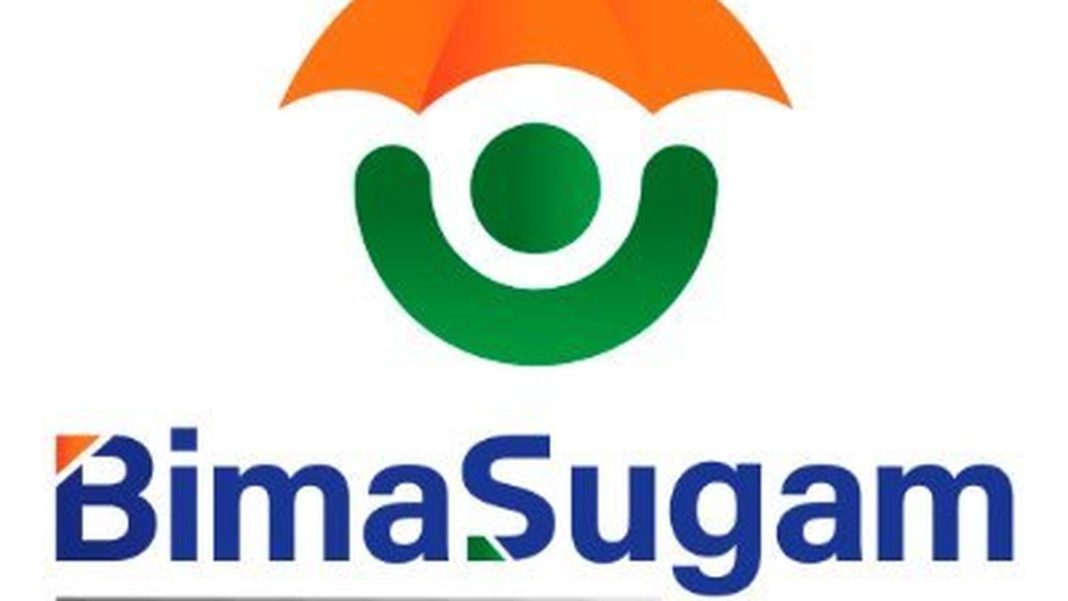Key Takeaways
- Bima Sugam is India’s new unified digital insurance marketplace, currently in ‘coming soon’ phase
- The platform aims to be a one-stop solution for buying, managing, and claiming insurance
- Backed by IRDAI and insurance industry, it promises to boost transparency and accessibility
- Successful implementation could transform insurance like UPI revolutionized digital payments
India’s insurance sector is poised for a digital transformation with Bima Sugam, the unified insurance marketplace launched in mid-September. While the platform shows immense promise to simplify how Indians buy and manage insurance policies, its website currently indicates it’s not yet open for business, with banners stating ‘coming soon’.
With insurance penetration at just 4% of GDP, Bima Sugam represents a crucial initiative to widen access, boost transparency, and build trust in the sector.
What Bima Sugam Aims to Achieve
When fully operational, Bima Sugam will serve as a comprehensive destination for all insurance needs—from product discovery and quote generation to purchase, renewal, claims processing, and grievance tracking. The platform integrates product information across insurers and categories, enabling customers to make informed choices.
Unlike private aggregators, Bima Sugam stands out as a regulator-backed, industry-supported digital public platform designed to bring credibility, interoperability, and standardization. It directly supports the national mission of ‘Insurance for All by 2047’ championed by the Centre and IRDAI.
The UPI of Insurance?
If executed effectively, Bima Sugam could revolutionize insurance much like UPI transformed digital payments and ONDC aims to reshape e-commerce. Its structure as a not-for-profit entity jointly promoted by insurers and intermediaries represents an encouraging governance model for digital public infrastructure.
Key Expectations for Bima Sugam
Universal Participation
For Bima Sugam to succeed, every insurer must participate and list all products. While this expands consumer choice, it also highlights the challenge of overwhelming options—a problem SEBI previously addressed through mutual fund standardization. IRDAI’s introduction of standardized policies in key segments was a step in this direction, and Bima Sugam can advance this by ensuring feature comparability.
Comparability and Clarity
Insurance benefits often sound similar but vary significantly in practice. A transparent comparison framework will help customers choose wisely. Simplifying insurance terminology—coverage, exclusions, co-pay, top-up—would make the process more accessible and could lead to standardizing underlying benefits.
Renewals and Mobility
Auto-renewal and secure auto-debit options can prevent unintentional policy lapses, benefiting both clients and insurers. A dedicated mobile app is essential for India’s smartphone generation that prefers complete digital transactions.
If Bima Sugam successfully delivers on clarity, comparability, and confidence, it could fundamentally redefine how India engages with insurance, potentially boosting the country’s low insurance penetration rates.




